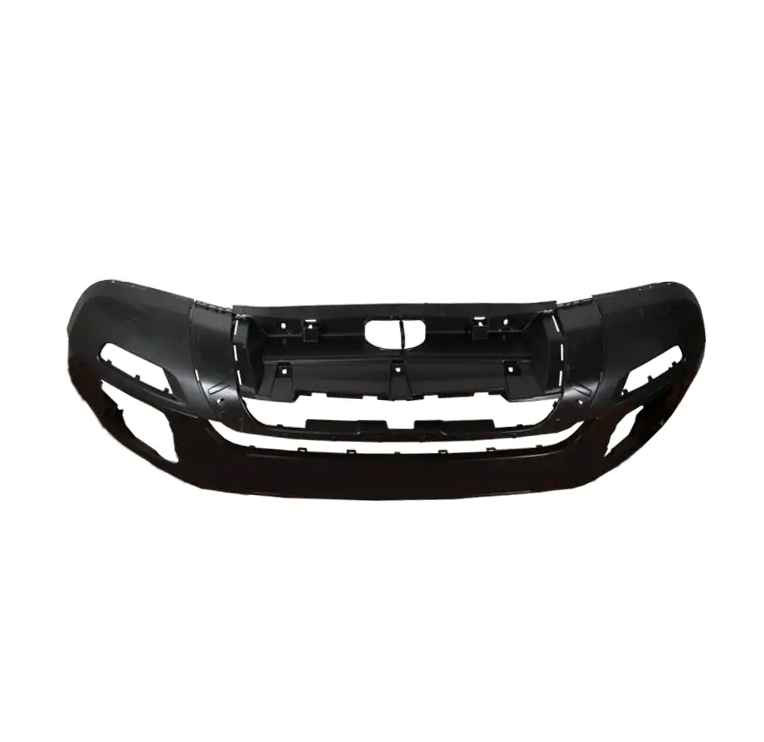Advantages of SMC Compression Molds in Manufacturing

SMC compression molds offer several advantages in the manufacturing process. Here are some key advantages:
Versatility: SMC compression molds enable the production of complex shapes and intricate designs. The mold cavity can be customized to match the desired product specifications, allowing for a wide range of possibilities in terms of part geometry and features.
High Strength and Stiffness: SMC materials, when compressed and cured in the mold, result in finished products with excellent mechanical properties. They exhibit high strength and stiffness, making them suitable for applications that require structural integrity and load-bearing capabilities.
Design Flexibility: SMC compression molds allow for great design flexibility. Manufacturers can incorporate various design elements such as ribs, undercuts, inserts, and textured surfaces into the mold. This versatility opens up possibilities for creating parts with specific functionalities and aesthetics.
Cost Efficiency: Compression molding with SMC offers cost advantages in several aspects. The process allows for efficient material usage as excess material can be easily trimmed or recycled. Additionally, SMC materials often have a longer shelf life compared to other molding materials, reducing waste and minimizing material costs.
Excellent Surface Finish: SMC compression molds provide the opportunity to achieve a high-quality surface finish on the molded parts. The mold surface can be carefully polished and treated to ensure smooth and precise part replication, reducing the need for additional post-processing or finishing operations.
Chemical Resistance and Durability: SMC materials have inherent resistance to chemicals, moisture, and UV radiation. This makes products manufactured using SMC compression molds suitable for outdoor or harsh environments where resistance to corrosion and degradation is crucial.
Production Efficiency: SMC compression molding is a highly efficient process. The cycle times are relatively short, allowing for rapid production rates and high-volume manufacturing. The molds themselves are durable and can withstand repeated use, contributing to increased productivity and reduced downtime.
- Art
- Causes
- Crafts
- Dance
- Drinks
- Film
- Fitness
- Food
- Games
- Gardening
- Health
- Home
- Literature
- Music
- Networking
- Other
- Party
- Religion
- Shopping
- Sports
- Theater
- Wellness


